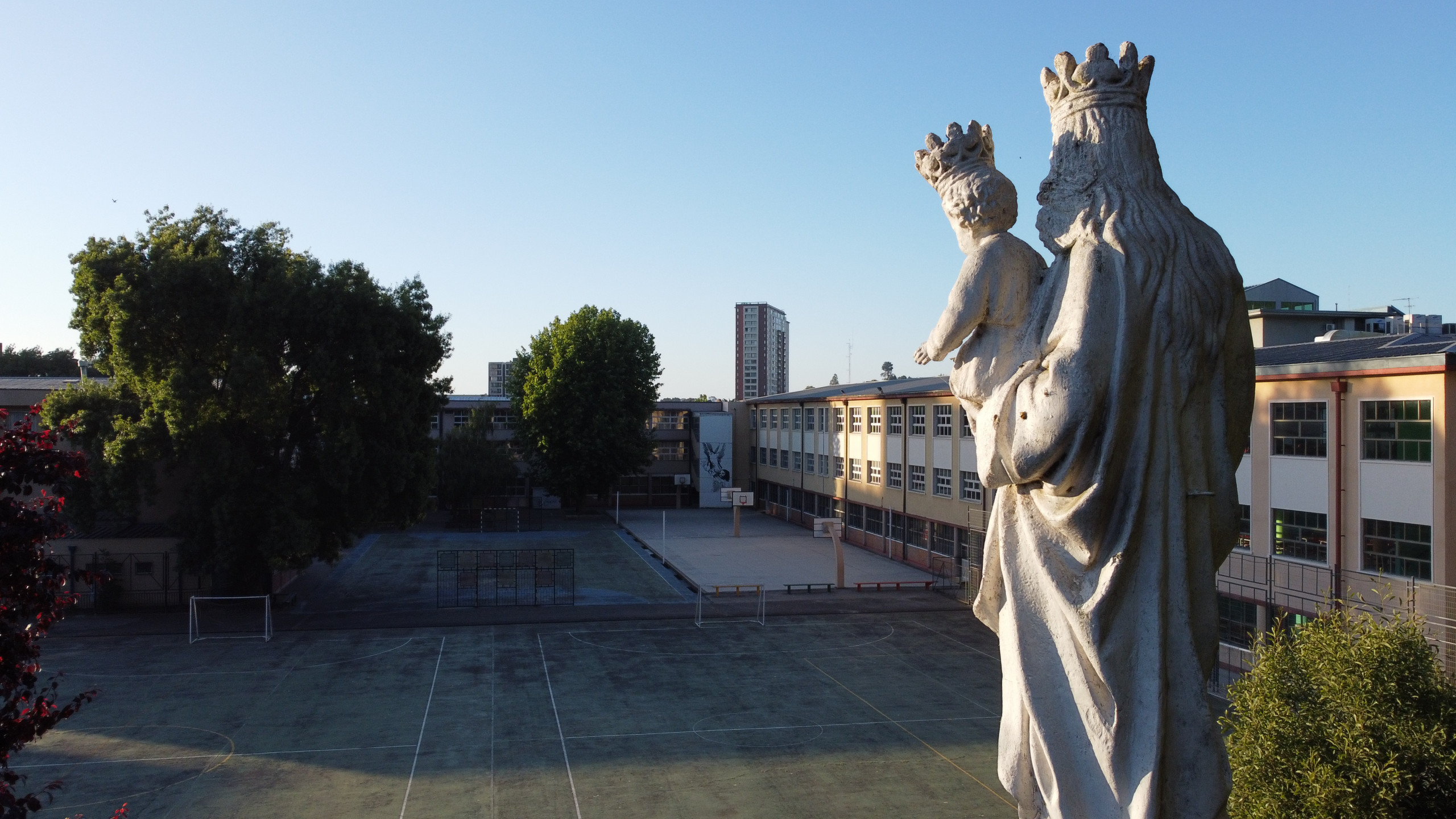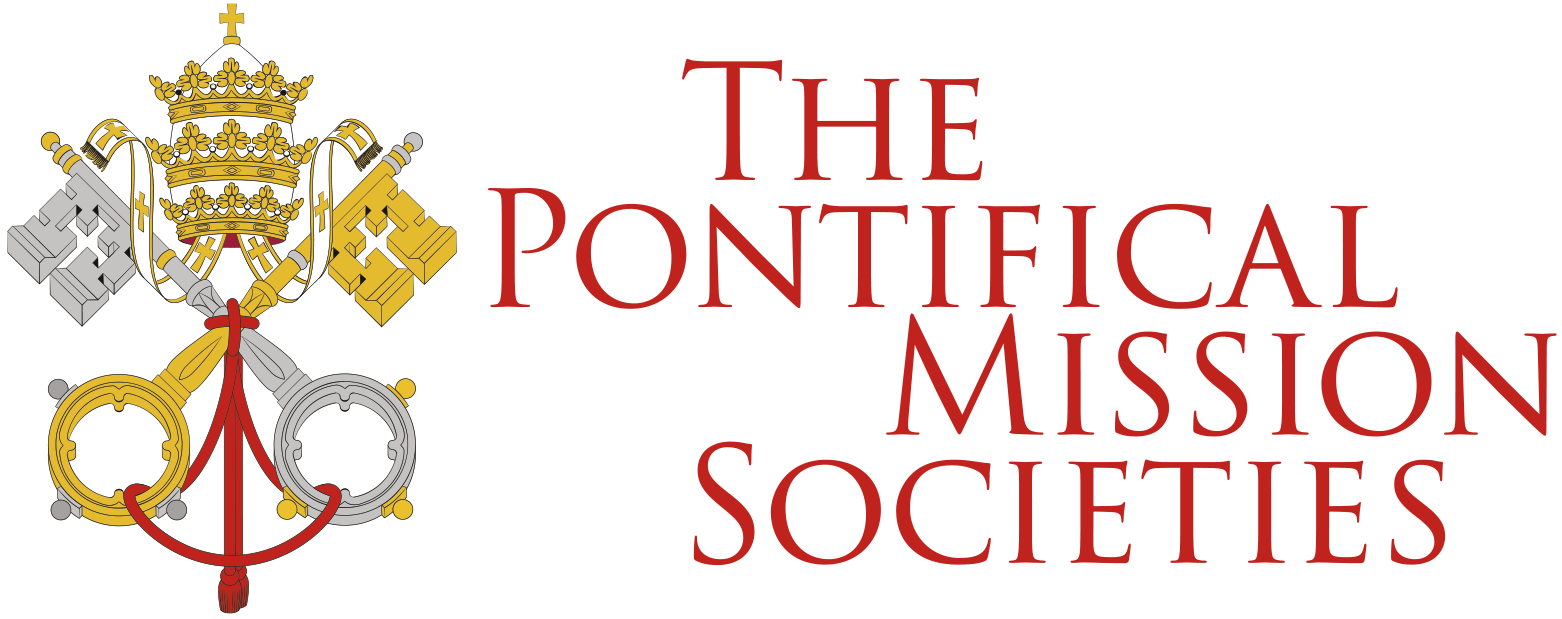
Embracing Global Solidarity and the Spirit of Mission
As National Catholic Schools Week (January 28 to February 3, 2024) approaches, we celebrate the unique value of Catholic education in the United States and embrace a global perspective. This year, at the Missionary Childhood Association (MCA), we are inspired by the remarkable story of Father Max Abalos, SVD, in the Philippines.
National Catholic Schools Week (CSW) is an annual celebration of Catholic education in the United States. Now entering its 50th anniversary, CSW has traditionally been held the last week in January. From January 28 to February 3, 2024, schools nationwide will observe the week with Masses, assemblies, and other activities for students, families, parishioners, and community members to celebrate what makes Catholic schools great.
This year’s new theme is Catholic Schools: United in Faith and Community, and it will be used through 2026.
The Pontifical Mission Societies, through MCA, takes this national week of awareness and support even further, helping build a bridge between Catholic Schools in the United States and those in over 1,150 mission territories around the world, lands where the Church is too poor, the faith too young, and Christ is actively persecuted, His message quelched.
A Mission of Education and Hope
In Cebu City, Philippines, Father Max Abalos, SVD, has turned a city of the dead into a place of learning and hope for the living. In one of the city’s three cemeteries, dozens of families live among the tombstones: they serve as the groundskeepers, the ones making the tombstones, burying the dead, and selling flowers. Unable to afford an education for their children, they often let them roam free, to then huddle in at night in makeshift shelters, with no access to basic things such as running water, electricity, or a warm meal.
With just $40, provided through the support of a local chapter of MCA, Father Max helped open the first of several classrooms amidst the tombs, offering education to children living in challenging conditions. This extraordinary story exemplifies the transformative power of education and the mission of the Church in action.
Support from MCA- from children helping other children-kept pouring in, and now there are several classrooms within the cemetery, that double as daycare and nursery school, ensuring that the children most basic needs are met.
Thanks to the kindness and support of people like you, supporters of the Pontifical Mission Societies, and teachers, parents, and tutors who teach children in the United States the importance of caring for others, the “cemetery children” of Cebu City now have a chance to learn and grow, which can help them break free from poverty. Please keep helping poor children in mission lands, like those in Cebu!
The Missionary Childhood Association: Bridging Worlds
The MCA’s work, as seen in Father Max’s mission, is a beacon of hope for children in mission territories. It’s a vivid reminder for students in the U.S. about the realities and resilience of their peers in different parts of the world. The MCA’s efforts show how small contributions can have a significant impact, reinforcing the importance of global Catholic solidarity.
Catholic Schools Week: A Call for Global Awareness and Action
From a missionary perspective, this week is a celebration and a call to action. It’s an opportunity for U.S. students to learn about, connect with, and support children in mission territories. Activities for the week can include:
- Dress-Down Day for Missions: Donate a dollar to MCA in solidarity with children like those in Father Max’s community.
- Make Mission Rosaries with different colored beads and string. You can also pray it as you are making it: The Mission Rosary links two significant concerns of our Church: prayer and apostolate. The colored beads symbolize the Church’s missionary efforts in the five continents. The missionary rosary follows the typical pattern of Creed, Our Father, three Hail Marys, Glory, and the five decades (each for the Joyful, Sorrowful, and Glorious Mysteries). For each of these decades, the Our Father precedes the ten Hail Marys and concludes with the Glory.
The beads of each decade of the rosary then have a distinct color:
-
- Red for the Americas (North, Central, and South)
- Green for Africa
- White for Europe
- Blue for Oceania
- Yellow for Asia
- A Living World mission rosary: Students dress in the colors of the rosary (one for each continent), stand in a circle, and pray the rosary, acting as individual beads.
- Global Prayer Service: Include prayers for Father Max’s mission and other MCA-supported schools, promoting the Rosary for the Missions, launched by Archbishop Fulton Sheen, former National Director of the Society for the Propagation of the Faith, one of four Pontifical Mission Societies.
- Cultural Exchange Project: Focus on the Philippines or another country where MCA is active, exploring their culture and challenges.
- Fundraising Challenge: Organize events with proceeds supporting MCA’s work in mission territories.
- Letters of Solidarity: Write to children in mission schools, sharing stories and messages of hope. Contact your diocesan Mission Office or the national office for more information!
Daily Themes to Celebrate National Catholic Schools Week:
- Sunday: Celebrating Your Parish
- Monday: Celebrating Your Community
- Tuesday: Celebrating Your Students
- Wednesday: Celebrating the Nation
- Thursday: Celebrating Vocations
- Friday: Celebrating Faculty, Staff, and Volunteers
- Saturday: Celebrating Families
Conclusion:
National Catholic Schools Week is a time to reflect on the blessings of Catholic education and to extend our support to those less fortunate. Through the MCA, we can make a difference in the lives of children across the globe. Let’s embrace this week as a chance to grow in faith, knowledge, and compassion.
Acknowledgments:
Special thanks to all religious educators, teachers, principals, D/CREs, and catechists for their unwavering dedication. May these resources help you continue to be a beacon of hope and embody the true spirit of Catholic education.



